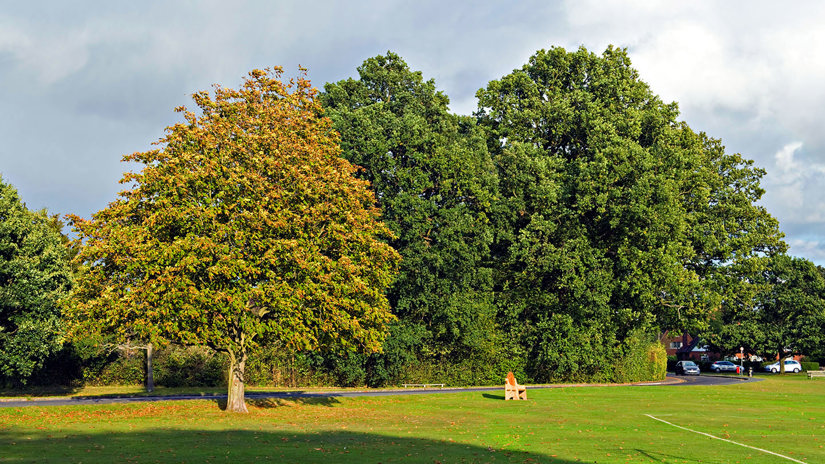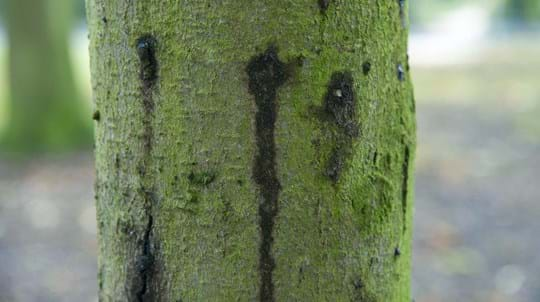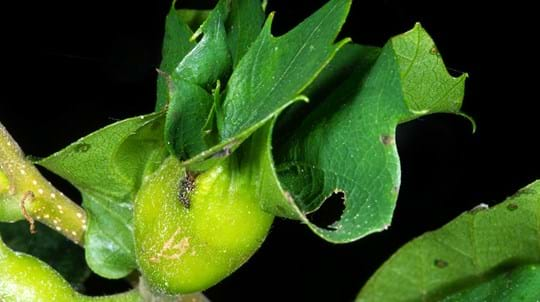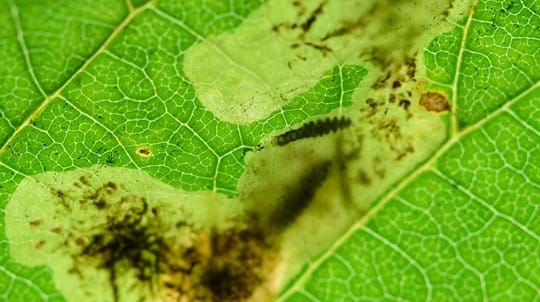
Credit: Ana Perez Sierra, Forest Research
How did sweet chestnut blight get here?
The disease was first discovered in the UK in 2011, then another two outbreaks occurred in 2017 in Devon, Dorset and south-east London. It most likely spread through the import of infected plants from mainland Europe.








